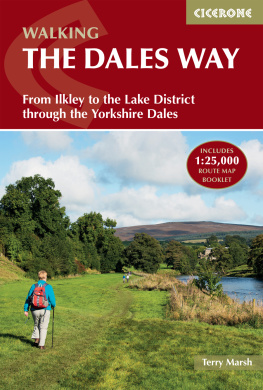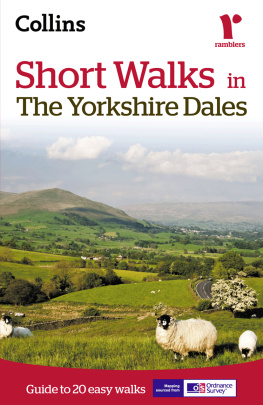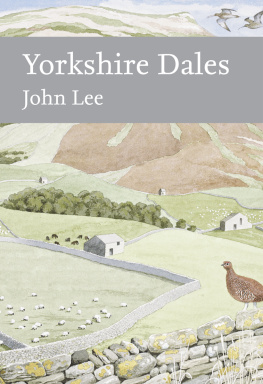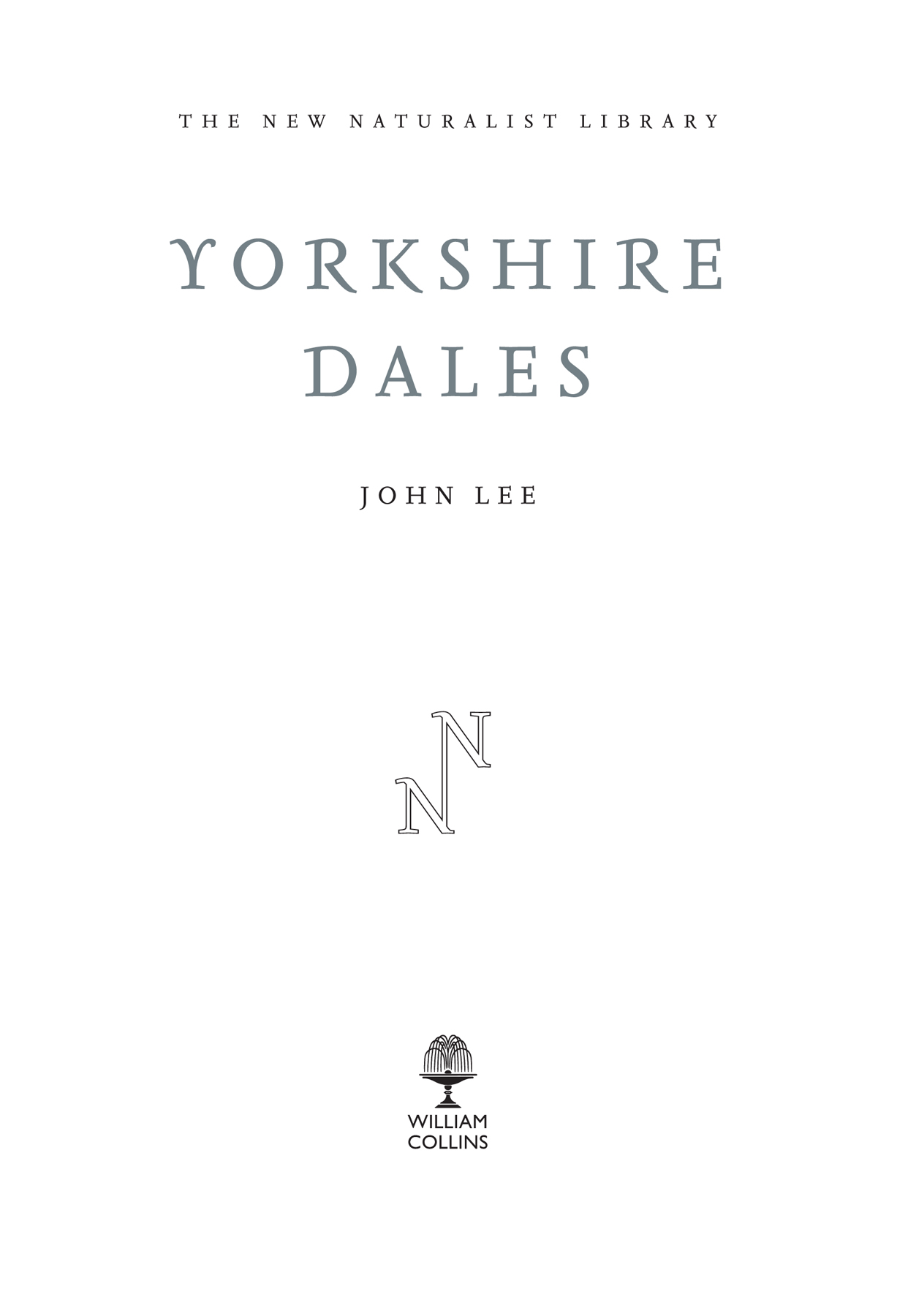Contents
EDITORS
SARAH A. CORBET, S C D
DAVID STREETER, MBE, FIB IOL
JIM FLEGG, OBE, FIH ORT
P ROF . JONATHAN SILVERTOWN
P ROF . BRIAN SHORT
*
The aim of this series is to interest the general
reader in the wildlife of Britain by recapturing
the enquiring spirit of the old naturalists.
The editors believe that the natural pride of
the British public in the native flora and fauna,
to which must be added concern for their
conservation, is best fostered by maintaining
a high standard of accuracy combined with
clarity of exposition in presenting the results
of modern scientific research.
William Collins
An imprint of HarperCollinsPublishers
1 London Bridge Street
London SE1 9GF
WilliamCollinsBooks.com
This eBook edition published by William Collins in 2015
Text John Lee, 2015
The author asserts the moral right to be identified as the author of this work.
Cover design by Robert Gillmor.
A catalogue record for this book is available from the British Library.
All rights reserved under International and Pan-American Copyright Conventions. By payment of the required fees, you have been granted the non-exclusive, non-transferable right to access and read the text of this eBook on-screen. No part of this text may be reproduced, transmitted, downloaded, decompiled, reverse engineered, or stored in or introduced into any information storage and retrieval system, in any form or by any means, whether electronic or mechanical, now known or hereinafter invented, without the express written permission of HarperCollins Publishers.
Source ISBN: 9780007503698
Ebook Edition December 2015 ISBN: 9780007503711
Version: 2015-11-17
T he Yorkshire Dales, which became a National Park more than 60 years ago, is an iconic English landscape that is long overdue the literary and scientific attention of the New Naturalist series, and so we are delighted that Professor John Lee, an ecologist long familiar with the area, has now filled this need with characteristic style and rigour. Readers will find that the natural history of the Dales is known in great detail, even by the high standards expected in these islands and of this series. This is thanks to the unflagging attentions of professionals and amateurs alike. With the universities of Lancaster, Manchester, Sheffield, Leeds, York and Durham arrayed around its borders, the academic pantheon of British natural history has quartered and catalogued these uplands and valleys for a century. Within the borders of the National Park, Malham Tarn Field Centre has schooled and sheltered many thousands of naturalists and students. The area is also the happy hunting ground of the redoubtable Yorkshire Naturalists Union. It was even once the haunt of two secret societies of botanists, so clandestine that they were unknown even to each other, though both were dedicated to the same end of protecting Britains last surviving Ladys Slipper Orchids. All of this and more is unearthed by Professor Lee.
Though in places the landform of the Dales could be described as well-upholstered, in others the underlying geology grins through its surface with bared limestone teeth. Scoured for millions of years by ice and rock, the Dales landscape has also been quarried and mined for centuries by pick and shovel. In fact John Lee suggests that, in part at least, the Dales present a post-industrial landscape. The other human influence to have shaped the landscape is of course farming, which has waxed and waned under the influence of climate since the Neolithic. Place names ending in ley tell us that the first Anglo-Saxon farmers probably created their fields in forest clearings, while place names with the ton suffix were villages founded at a later date. A century later, Scandinavian immigrants named their settlements thwaite, sett and scale and left us the words that have become as evocative of the area as the landforms they describe: beck, fell, scar and dale. If you know how to read them, the very stone walls speak: dry-stone walls with a continuous cap of rock forming a ledge that projects away from the field were designed to prevent Wolves leaping them into enclosures full of sheep. The Wolves are long gone, but the sheep remain and the walls now invite you to enter by stile and gate. Let John Lee escort you into these rich pastures.
M y first very brief encounter with the Yorkshire Dales came in 1958 on a coach journey from Keighley with brother Terry and my soon to be sister-in-law Hilary en route to a walking holiday in the Lake District. In those days the old Keighley to Kendal turnpike, now the A65, climbed up Giggleswick Scar on the South Craven Fault before affording excellent views of Ingleborough as it skirted the edge of the then very new National Park. My next encounter came at the end of my first year as an undergraduate in the Botany Department at the University of Sheffield in 1962. After the first-year exams the department organised a series of day excursions to broaden our knowledge of plants and the habitats in which they grow, and one of these was to Malham. For a southerner with a keen interest in plants and landscape, this was a truly magical experience, helped by a glorious early-June day. The beck emerging from the base of the Cove, the steep climb up the side to view the limestone pavements above it, and the walk up the Watlowes dry valley past Water Sinks to the Tarn itself are etched in the memory, as are views of Tarn Moss, the woods and the mires.
It was a day for this southerner to encounter new plants, including Baneberry in the pavements, Jacobs-ladder on the damp screes and, most attractive of all, the mass of pink flowers of Birds-eye Primrose in the mires and flushes.
Students in the Botany Department and its successor Animal and Plant Sciences Department were and are fortunate to be exposed to a strong ecological tradition cemented when A. R. Clapham succeeded W. H. Pearsall as professor of botany in 1944. By the early 1960s there were not only the soon to be distinguished young ecologists, Derek Anderson, Philip Grime and Ian Rorison in the department, but also outstanding individuals in other fields. This latter group included David Read, John Webster and Harold Woolhouse, all of whom had a strong interest in ecology but a centre of gravity in mycology or plant physiology. The arrival of J. L. Harley, a former research student of Sir Arthur Tansley, as the second professor in the mid-1960s further enhanced the scholarship, immediately making it the centre of excellence in mycorrhizal research that it remains today under the leadership of Sir David Read and Jonathan Leake. Jack Harley was an old boy of Leeds Grammar School and was familiar with the Dales from his youth. His survey of Colt Park and Ling Gill woods in upper Ribblesdale formed the basis of Tansleys account of them in his classic work The British Islands and Their Vegetation, published in 1939. But it was John Webster who got me actively involved with the natural history of Yorkshire through encouraging me to join the Yorkshire Naturalists Union and, in particular, its Mycology (now Fungi and Lichens) section.
Forays were the major part of this sections activities, and one of these provided my first visit to Richmond and the northern Dales. The section at that time contained an admirable mix of expert professional mycologists such as John Webster, Roy Watling and Tom Hering and outstanding amateurs such as Willis Bramley. But it also attracted botanists with more general interests, including John Lovis and Arthur Sledge. Arthur Sledge was another Leeds Grammar School old boy, but one who spent his whole career in the University of Leeds Botany Department. He was expert in fern taxonomy, but his knowledge of plants in general and of the Yorkshire flora in particular was very extensive. So fungal forays at this period were more than the mere pursuit of mycological specimens, and helped me to learn much more about the countys range of habitats and plants.







